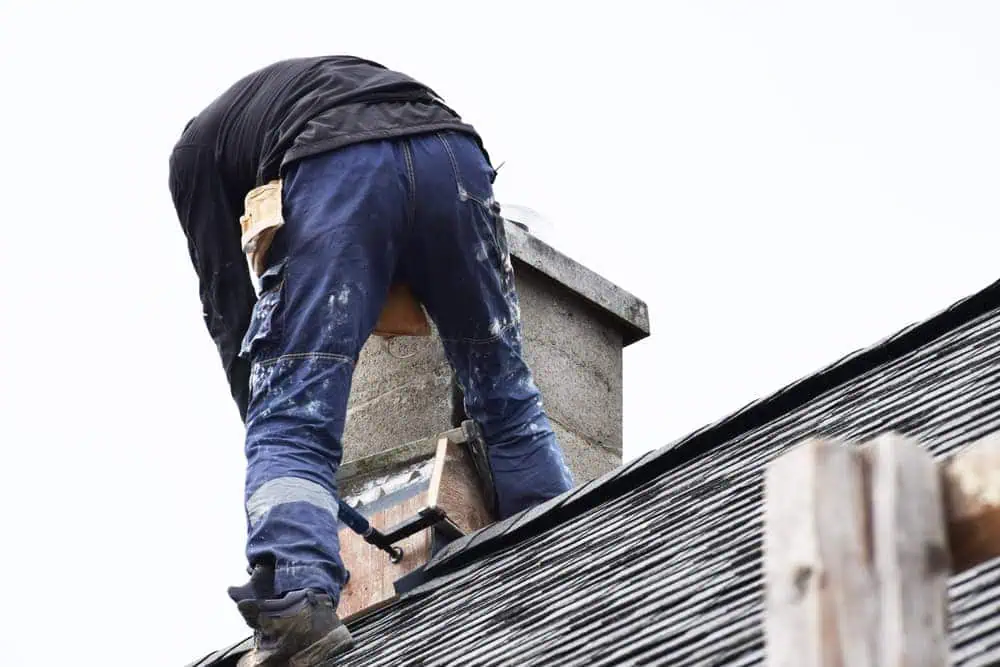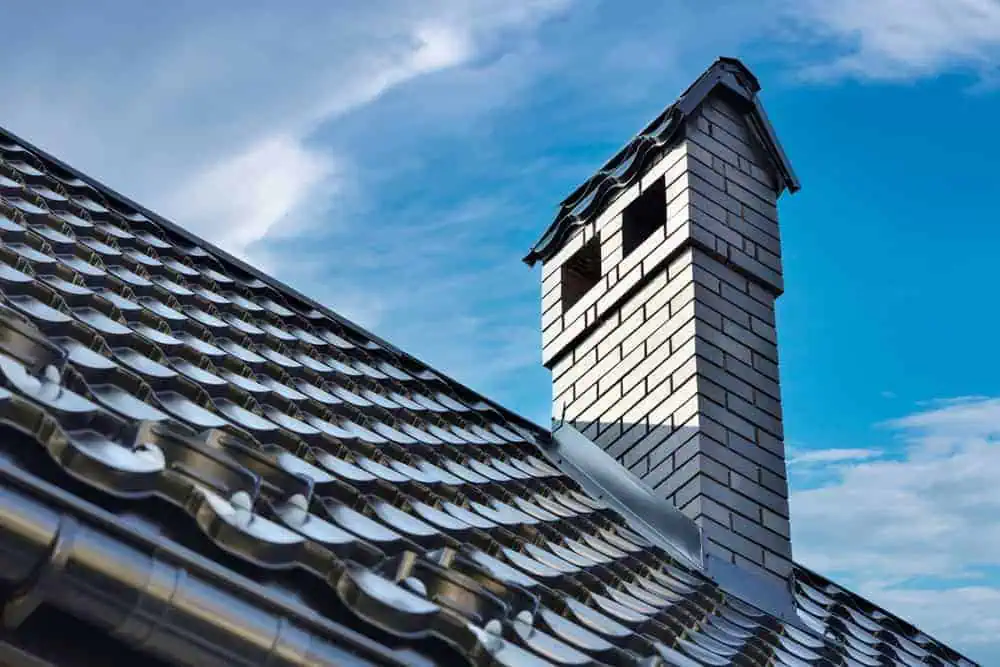Chimney Repair in West Somerville, MA
Regular chimney repair is essential for safety and efficiency, especially in regions with unique weather conditions like West Somerville, MA. Academy Masonry addresses common issues such as cracks, blockages, and mortar deterioration, ensuring your chimney remains safe and functional. Professional repairs from Academy Masonry enhance home safety, save on future repair costs, and improve chimney efficiency for reliable heating.



